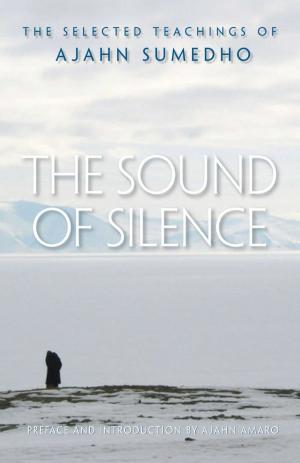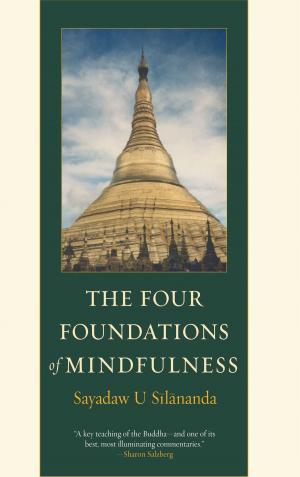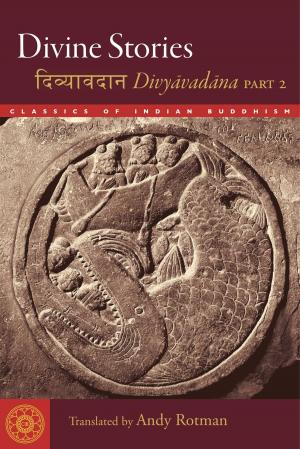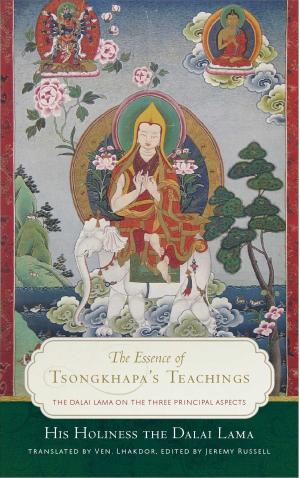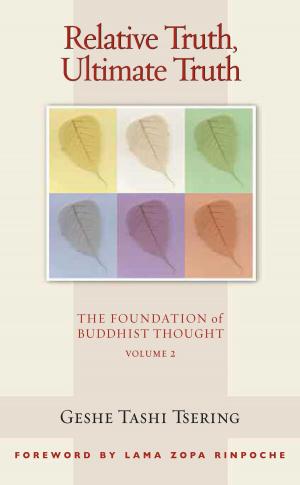Song of the Road
The Poetic Travel Journal of Tsarchen Losal Gyatso
Nonfiction, Travel, Asia, China, Religion & Spirituality, Eastern Religions, Buddhism, Biography & Memoir| Author: | ISBN: | 9781614290667 | |
| Publisher: | Wisdom Publications | Publication: | December 17, 2012 |
| Imprint: | Wisdom Publications | Language: | English |
| Author: | |
| ISBN: | 9781614290667 |
| Publisher: | Wisdom Publications |
| Publication: | December 17, 2012 |
| Imprint: | Wisdom Publications |
| Language: | English |
In Song of the Road, Tsarchen Losal Gyatso (1502-66), a tantric master of the Sakya tradition of Tibetan Buddhism, weaves ecstatic poetry, song, and accounts of visionary experiences into a record of pilgrimage to central Tibet. Translated for the first time here, Tsarchen's work, a favorite of the Fifth Dalai Lama, brims with striking descriptions of encounters with the divine as well as lyrical portraits of Tibetan landscape. The literary flights of Song of the Road are anchored by Tsarchen's candid observations on the social and political climate of his day, including a rare example in Tibetan literature of open critique of religious power.
Like the Japanese master Basho's famous Narrow Road to the Interior, written 150 years later, Tsarchen's travelogue contains a mixture of luminous prose and verse, rich with allusions. Traveling on horseback with a band of companions, Tsarchen visited some of the most renowned holy sites of the Tsang region, incluing Jonang, Tropu, Ngor, Shalu, and Gyantse. In his introduction and copious notes, Cyrus Stearns unearths the layers of meaning concealed in the text, excavating the history, legends, and lore associated with people and places encountered on the pilgrimage, revealing the spiritual as well as geographical topography of Tsarchen's journey.
In Song of the Road, Tsarchen Losal Gyatso (1502-66), a tantric master of the Sakya tradition of Tibetan Buddhism, weaves ecstatic poetry, song, and accounts of visionary experiences into a record of pilgrimage to central Tibet. Translated for the first time here, Tsarchen's work, a favorite of the Fifth Dalai Lama, brims with striking descriptions of encounters with the divine as well as lyrical portraits of Tibetan landscape. The literary flights of Song of the Road are anchored by Tsarchen's candid observations on the social and political climate of his day, including a rare example in Tibetan literature of open critique of religious power.
Like the Japanese master Basho's famous Narrow Road to the Interior, written 150 years later, Tsarchen's travelogue contains a mixture of luminous prose and verse, rich with allusions. Traveling on horseback with a band of companions, Tsarchen visited some of the most renowned holy sites of the Tsang region, incluing Jonang, Tropu, Ngor, Shalu, and Gyantse. In his introduction and copious notes, Cyrus Stearns unearths the layers of meaning concealed in the text, excavating the history, legends, and lore associated with people and places encountered on the pilgrimage, revealing the spiritual as well as geographical topography of Tsarchen's journey.

